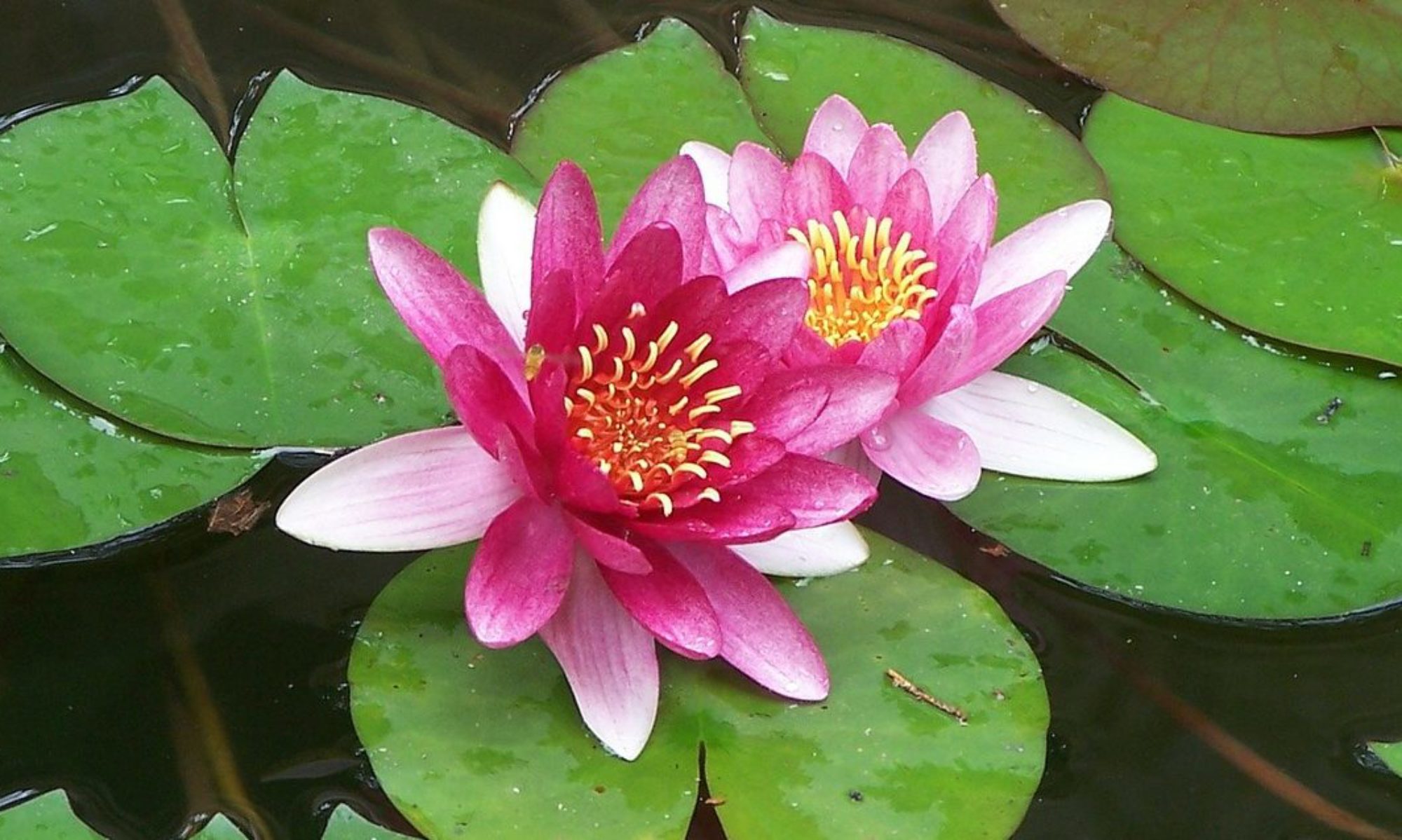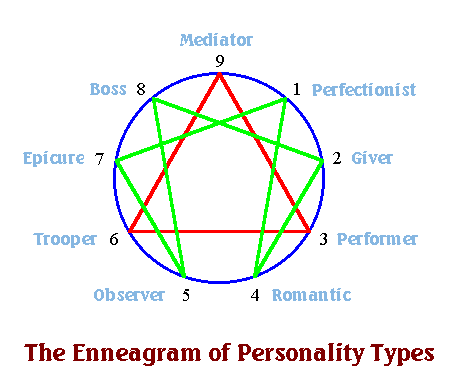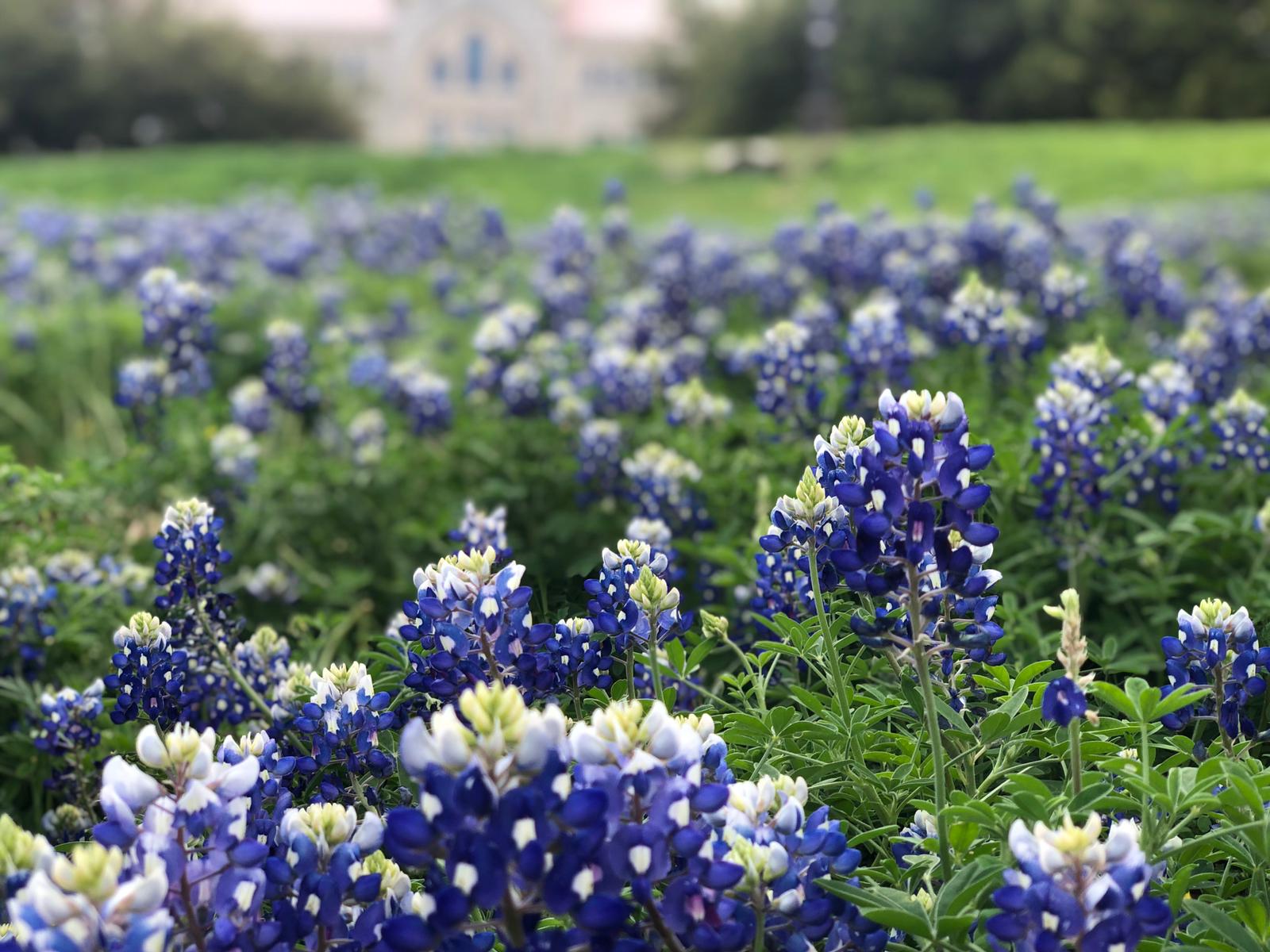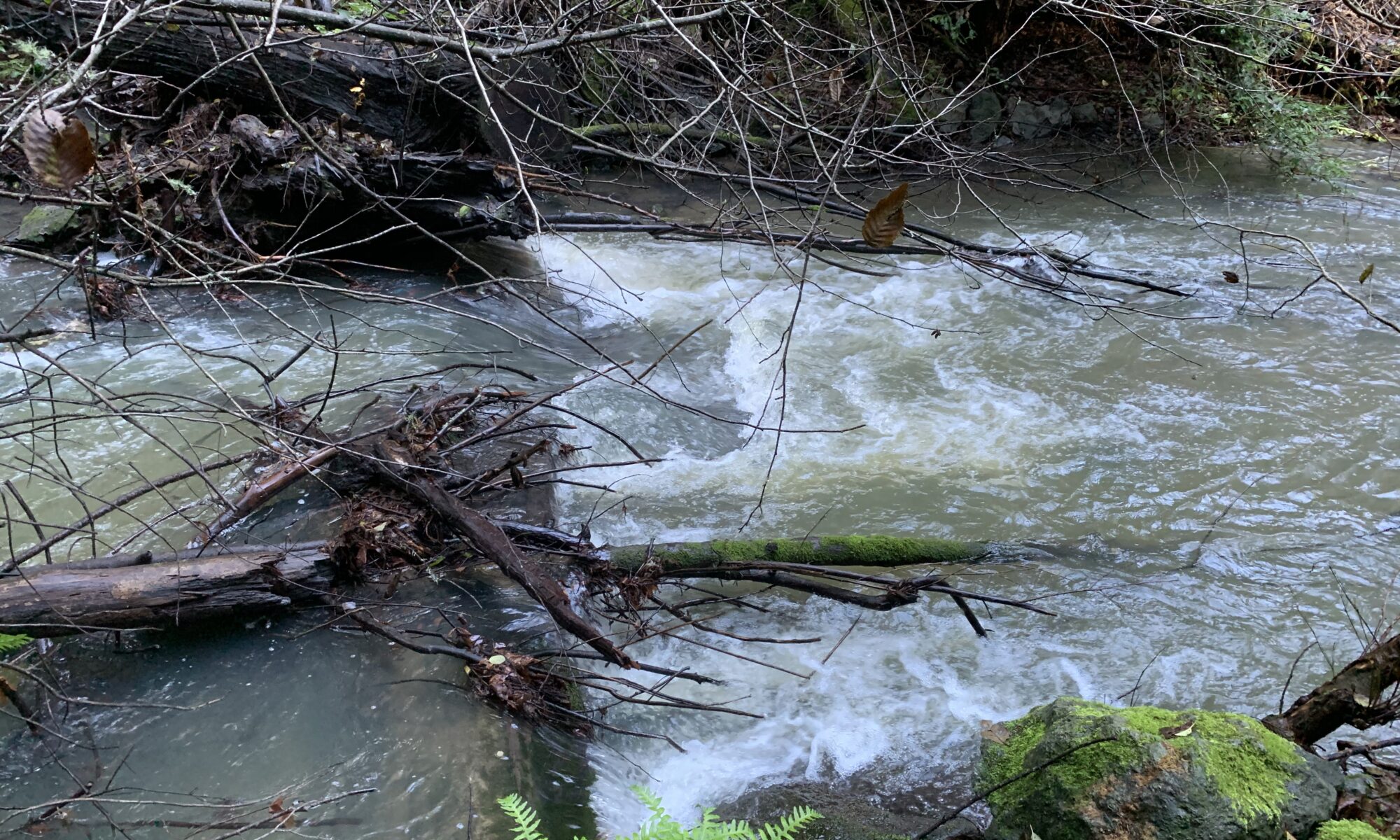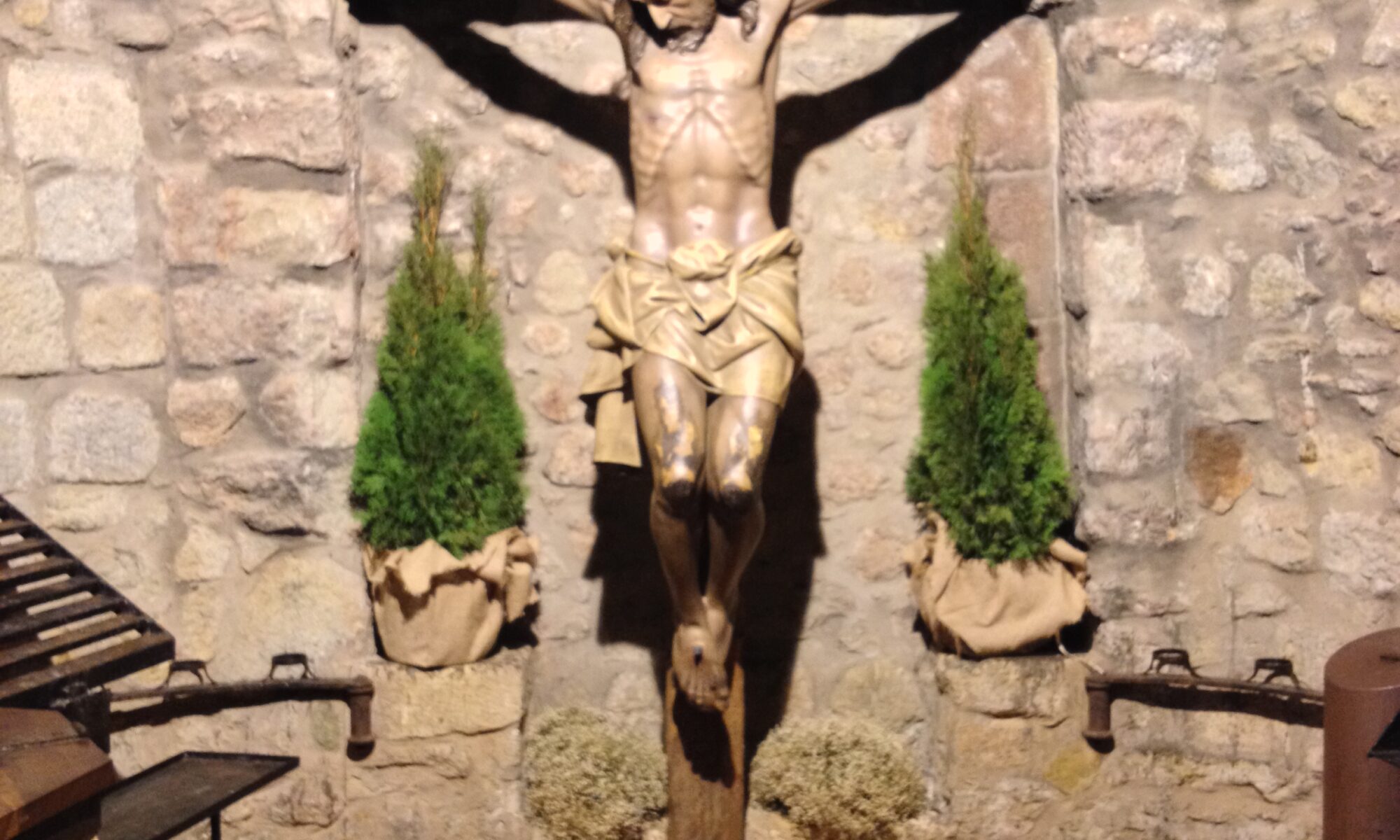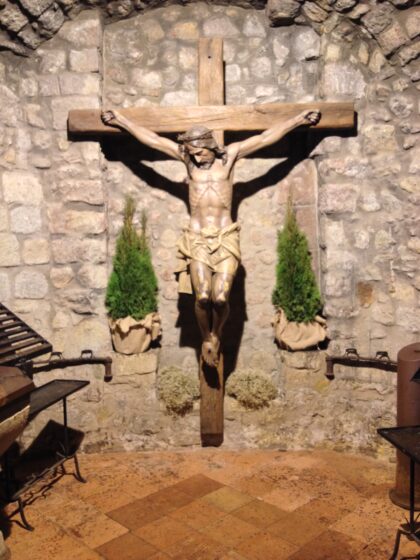April 4, 1997 – Following the “Yellow Stream!”
Last night was quite difficult for me. I felt really exhausted and didn’t like what was going on in my body. I prepared a modest meal and got in bed to read more of That’s Funny, You Don’t Look Buddhist. I enjoy it thoroughly, but the chapter on the holocaust moved me to tears and longing. I felt rejected by god and Jews as a child, but something is still trying to make itself felt in the way of devotional practice. I can’t wait until my conversation with Sylvia Boorstein on April 15! One other thing about the book: If you take a combination of traits from my siblings, including myself, you get something that resembles the life of Sylvia and her family. David is orthodox and lives in St. Louis and is a grandpa. Joe is orthodox and lives in Israel with his family. Brenda is a drama therapist, and Manny is the owner of Art and Science of Computer Imaging – a very creative outlook!
My wife went with me to Leslie Davenport’s cancer group. Many of the people in attendance were also at Cancerport the day before. During the meditation, I was filled with images of Hebrew school and the Miriam Hebrew Academy, which I hated so much. But I did remember and continue to reflect on one moment one fine day in April or May of 1946 or 1947 when I was filled with and experience of awe and wonder that has been with me all my life. I believe that this might have been my first transcendental experience, in which I became fully aware of the sun, the sky, the back yard of the academy, all of the other boys and girls playing their little games, the grass, and the brick garage with its attached brick ash pit. This moment was special for me, and I knew then that I was different from all the other boys and girls. I had no friends and played alone. At that point in my life I didn’t know rejection, but I did feel left out. I used to sit in class and day dream about this and that, but never a clear image. I drew a picture of the garage and the ash pit and a boy playing ball.
In the afternoon, I went to a Feldenkrais session with Alan Sheets. Alan and I had worked together on an article which appeared in Enneagram Monthly on The Enneagram of the Body, which is Alan’s method of teaching the enneagram. We had a really nice connection while we were working on the article and he express his gratitude for how much he appreciated my work.
Before the session, Alan asked me what I wanted to work on. I explained to him the importance of reality anchoring in the body, especially when you are ill, and that this is what I wanted to continue to work on. I told him about the weakness of my knees, lower back, and shoulders, and that this is what I wanted him to work on. For this session, Alan chose to work on my knees and lower back. I could feel the subtle movements as he proceeded to heal my body. The session was magnificent, but I really felt exhausted afterwards. One of the nicest moments came near the end when I could feel the energy flow from the bottoms of my feet where Alan was working all the way up to my skull. I believe that this has the wonderful effect of aiding lymphatic return and circulation.
Reality anchoring in the body is one of the foundations of the Abhidhamma, or Buddhist psychology. The principle is that out of all of our experience, what goes on in our bodies is of prime importance and it is what we share in common. It is based on the idea that we share reality from this common ground of being. We don’t easily share thoughts, feeling, or emotions, but we all know what it is like to overeat, cut our fingers, burn our hands, or have a good night’s sleep. Reality anchoring in the body provides us with a reality check on our condition. When we have a strong sense of reality anchoring in the body, we can proceed to manage our health care in a realistic way, without denial or fear.
>>>Next…

That’s Funny, You Don’t Look Buddhist:
On Being A Faithful Jew and a Passionate
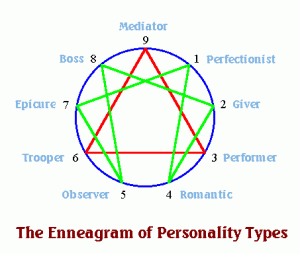 The enneagram is a diagram that describes nine personality types shown in the diagram to the left. Each personality type has associated with it a vice and a virtue. In my case, since I’m a trooper, my vice is fear and my virtue is courage! This whole cancer issue for me has been a question of courage to face and accept my condition and find the necessary faith to take charge of my own treatment plan. By learning your enneagram point, you can discover what your vice and virtue are, and manage your case with the appropriate actions for your personality type. For more information, please see my enneagram pages.
The enneagram is a diagram that describes nine personality types shown in the diagram to the left. Each personality type has associated with it a vice and a virtue. In my case, since I’m a trooper, my vice is fear and my virtue is courage! This whole cancer issue for me has been a question of courage to face and accept my condition and find the necessary faith to take charge of my own treatment plan. By learning your enneagram point, you can discover what your vice and virtue are, and manage your case with the appropriate actions for your personality type. For more information, please see my enneagram pages.